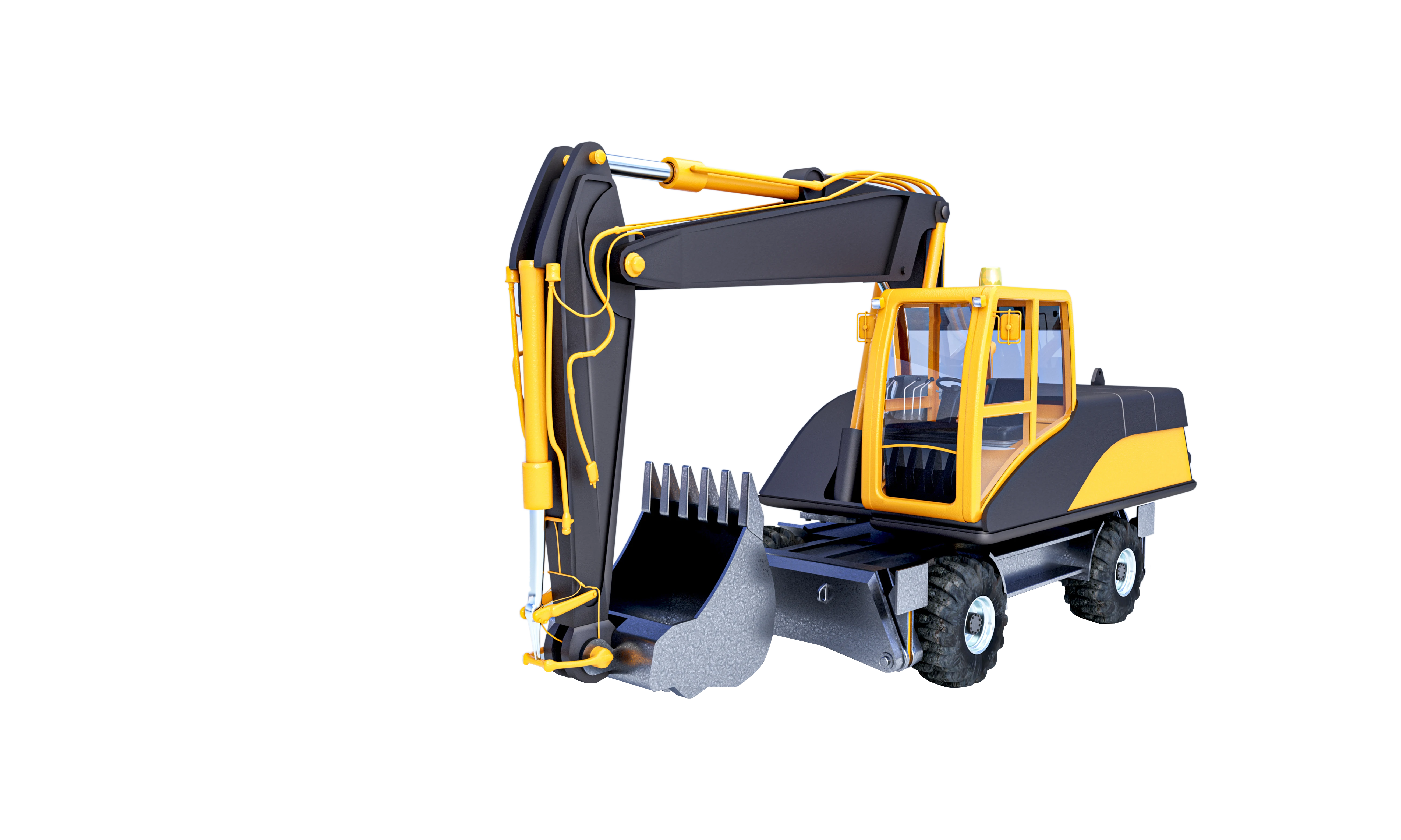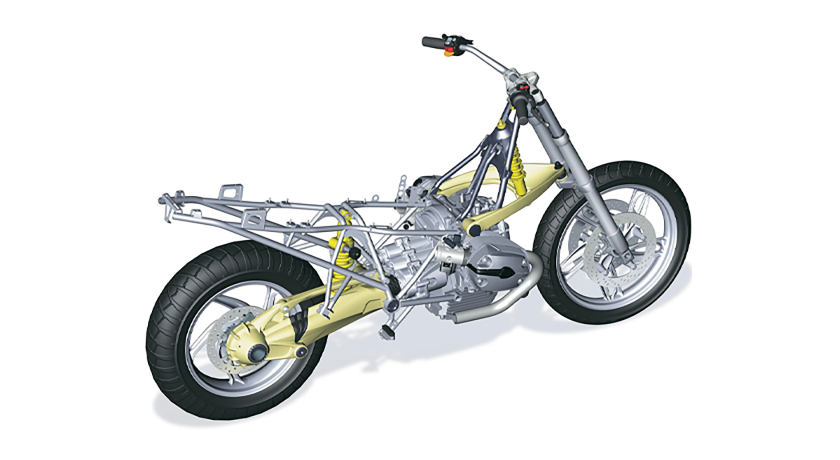hollow structural tube
2 月 . 15, 2025 12:22
 Hollow structural tubes (HSTs)
Hollow structural tubes (HSTs), revered in the architectural and engineering realms, are a class of materials frequently underscoring the robust frameworks of modern infrastructure. These tubular entities not only epitomize strength and versatility but also exhibit an aesthetic minimalism coveted in contemporary designs. Their rise to prominence in construction and design is attributable to an uncanny ability to straddle both functionality and visual appeal.

Fabricators and architects have long championed hollow structural tubes for their unparalleled adaptability. Unlike traditional solid structures, HSTs provide an optimal strength-to-weight ratio, minimizing material usage without sacrificing structural integrity. This property is pivotal in seismic-prone regions, where reducing building mass enhances earthquake resilience. Engineers appreciate how HSTs contribute to maintaining agility in structures, shading a crucial light on effective seismic design necessary for skyscrapers and expansive bridges.
The versatility of hollow structural tubes extends beyond their mechanical advantages. Architecturally, they offer limitless configurations—square, rectangular, round, and elliptical—each catering to specific load-bearing and aesthetic requirements. Rectangular and square HSTs are often the preferred choice for modernist architecture, thanks to their sleek lines and ability to blend seamlessly into geometric designs. Round tubes often find application in projects prioritizing aerodynamics or fluid movement, such as sports stadiums or airport terminals.

In terms of materials, hollow structural tubes are predominantly manufactured from carbon or stainless steel, with variations that incorporate alloys like titanium for specialized projects requiring lightweight yet highly durable solutions. Stainless steel HSTs are particularly favored in maritime and coastal applications due to their corrosion resistance, ensuring longevity and reduced maintenance costs.
The application of hollow structural tubes transcends conventional building construction. In transportation infrastructures, such as railways and highways, they serve as supporting pillars for overpasses and bridges, enhancing load distribution efficiency. Their adoption in the renewable energy sector, particularly in wind turbine towers, speaks of their contribution towards sustainable development. Here, the strength-to-weight ratio of HSTs enables taller turbine designs, capturing winds at higher speeds with unerring stability.
hollow structural tube
Despite their remarkable properties, the installation and maintenance of HSTs demand proficiency. Proper installation ensures the longevity and performance integrity of these tubes, necessitating experienced engineers and contractors well-versed in handling such materials. In industrial installations, non-destructive testing methods, such as ultrasonic or radiographic testing, are employed to assess the integrity of welds and materials, ensuring safety and compliance with structural standards.
The environmental implications of using hollow structural tubes cannot be overstated. Their efficient use of materials translates into less steel required per project, resulting in lower carbon emissions. The recyclability of steel contributes to a cycle of sustainability, reducing the ecological footprint of new constructions. Companies engaged in fabricating HSTs are increasingly adopting green manufacturing processes, furthering making them an environmentally responsible choice.
Innovation continues to drive the evolution of hollow structural tubes. Advanced manufacturing techniques such as laser cutting and automated welding technologies are redefining what is possible with these materials, resulting in increasingly complex structures that would have been prohibitively expensive or impossible in the past. The integration of smart technology in the fabrication process has led to more precise specification adherence, fostering the construction of safer and more reliable infrastructure.
Therefore, hollow structural tubes stand as a salient example of how engineering and design converge to foster structures that meet the rigorous demands of modern society. Their rich heritage and continuous adaptation underscore their essential role in future infrastructures, promising not only aesthetic satisfaction but also embodying the principles of sustainable and resilient design. As these tubes continue to evolve, they offer an exciting frontier for engineers and architects aiming to push the boundaries of traditional construction methodologies while maintaining a commitment to creating lasting, impactful edifices.


